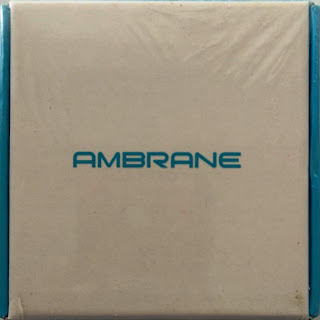Why do commitment devices work?
The logic of commitment devices is based on psychology and behavioral economics.
People tend towards hyperbolic discounting, which is a fancy way of saying that they overvalue the short run relative to the long-run. The examples are obvious: Do you sit and watch TV or go out for a run? Do you grab the fruit salad or the cheesecake for dessert?
All of us know that what’s good right now isn’t necessarily good for the long run. Commitment devices try to change this up so that choosing what feels good in the short run gets more costly.
In addition, it requires that you set a concrete goal. Instead of saying that “I’ll lose weight this year,” you’ll have to say something like “I’ll lose 20 pounds by June.” Having something specific makes the task more concrete and more actionable.
And if you don’t make it to your goal after all, you can feel glad that at least a charity of your choice is going to get a donation.
5. See some green
Time it takes: 10 minutes
Certain colors make us think of certain things. Ever wonder why all sales signs are red, for example? It’s because people react faster and more forcefully when they see the color. People tend to associate the color red with a danger cue, and that attracts attention.
Guess which color provides the biggest boost in motivation and energy?
The color green.
Researchers have found in two studies that surrounding yourself with a bit of green provides a boost in motivation; and also that a glimpse of the color green sparks creativity.
The first study was published in 2012 in the Journal of Environmental Science & Technology via six researchers at the University of Essex.
They asked subjects to perform three cycling exercises while watching a video of a rural cycling course. The videos were randomly selected to have green, gray, or red filters.
The green filter made the cyclists happier and less tired. Simply seeing lots of green made them more motivated.
The second study asked subjects to write as many uses for a tin can as they could think of in under two minutes, and graded them for creativity. Before each test they showed the subjects quick flashes of green, blue, white, and gray. The color that was most associated with encouraging creativity? Green.
A researcher hypothesized that seeing green makes people think of growth. It’s taken as a cue that we can improve task mastery and that we have room to grow.
How can you get more green in your life? Go outside! Take a stroll in a garden, or anywhere with shrubs and greenery. Is there a local park that people around you like to have lunch at? Are there lots of trees that you can walk around? Are there at least a few patches of grass by your workplace?
Go out and walk in these places. In addition to seeing more green; you’ll be a lot more motivated after a brief physical exertion and some fresh air.
Over to you!
Can motivation be hacked? These studies that draw from psychology and neuroscience suggest that there are at least a few things that you can do to boost your motivation right now, whether that’s putting yourself in a certain frame of mind or finding a quick, no-tech way to boost your body and mind.
So take a break at a natural point and try one of these five tricks to boost your energy. Your work will thank you for it.
Now, over to you – What tricks and tips have you discovered to increase your motivation or give yourself a big boost in energy? Have you discovered that any of the ones offered above work particularly well for you? I’d love to hear from you in the comments.

















